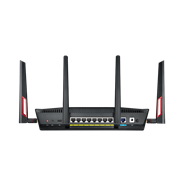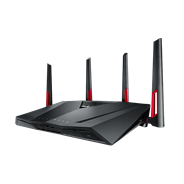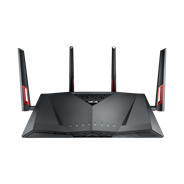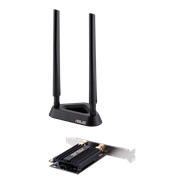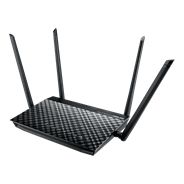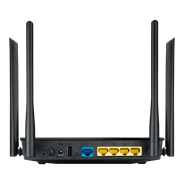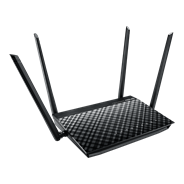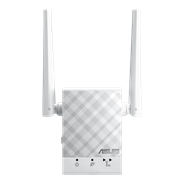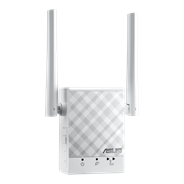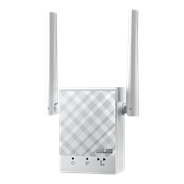- 将您的台式机升级为双频4x4 AC3100 Wi-Fi网络,传输速度高达3100 Mbps。
- 相较于3x3 AC 网卡,无线传输速度更快、信号覆盖范围更广。
- 外置磁性天线底座可轻易附着于各种表面,提供更多放置选择。
- 定制式散热片可让不间断的运行,带来更高的稳定性与可靠性。
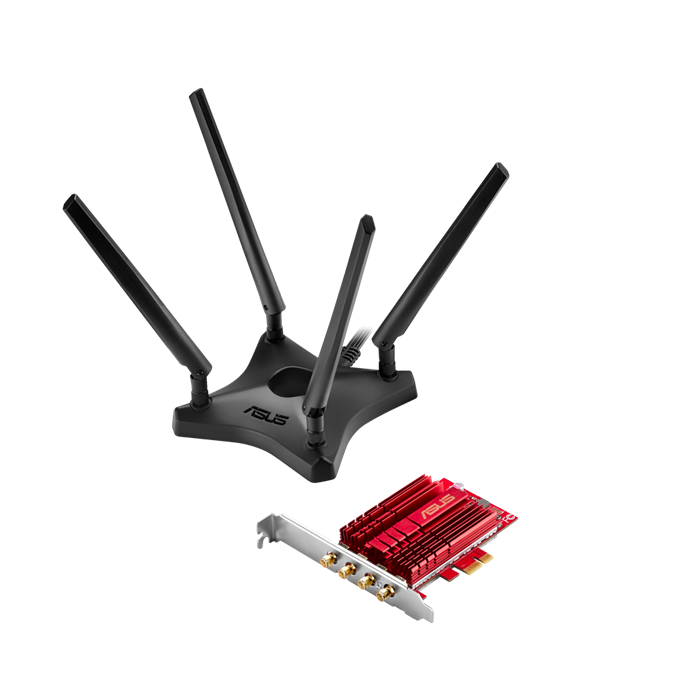
ASUS PCE-AC88 is a dual-band AC3100 4x4 Wi-Fi PCI Express® (PCIe®) adapter for desktop PCs. Its NitroQAM™ (1024-QAM) technology delivers combined wireless speeds of up to 2100Mbps on the 5GHz band and 1000Mbps on the 2.4GHz band — 60% faster than 3x3 adapters, ensuring smooth streaming and low-latency online gaming1. It’s the first 4x4 802.11ac PCIe® adapter on the market, giving you improved Wi-Fi reception and — when paired with a 4x4 router — the full performance potential of 4x4 Wi-Fi!
Enjoy 60% faster Wi-Fi on your desktop
NitroQAM™ (1024-QAM) technology gives PCE-AC88 Wi-Fi speeds of up to 2100Mbps (5GHz) and 1000Mbps (2.4GHz), so you can enjoy smooth streaming and low-latency online gaming on your desktop PC.

Unrivaled Wi-Fi reception with the first ever 4x4 adapter
With a four-transmit, four-receive (4x4) antenna design and AiRadar beamforming support, Wi-Fi range and signal stability are improved dramatically for faster, clearer and stronger Wi-Fi. PCE-AC88 pushes your desktop’s Wi-Fi reception to higher level, and allows you to unlock the full potential of your 4x4 router!


Flexible antenna placement
PCE-AC88 includes extension cables for its detachable antennas, plus a magnetized antenna base that can be attached to any suitable surface – horizontal or vertical. This makes it incredibly easy to find the best antenna location for optimum signal quality.
Custom heatsink for best stability
The stylish, customized heatsink is crafted for non-stop operation, giving you improved stability and reliability for connections when running bandwidth-intensive network tasks in hot environments.

Keep Up to Date!
Remember to always keep your device’s firmware up to date so you can benefit from the very latest service and security enhancements — and get exciting new features! Learn more about updating new firmware.
Disclaimer:
*PCE-AC88 is a 4x4 MU-MIMO adapter. For full MU-MIMO operation it requires a MU-MIMO router with more than four spatial streams. Such routers are not currently available, but are expected to appear at a future date.






